Creating something out of nothing – the power of people
Nowadays, more than half of the people are living in cities. Talking in numbers, a percentage of 54, one the United Nations is expecting to increase to 66% by the end of year 2050. That is a hell of a lot. Therefore, creating and managing sustainable cities has become one of the most important challenges we are facing today.
Other than in the past, where western countries such as London, Paris and New York were the ones growing the most, today the biggest urban growth is taking place in the less developed countries. What is fascinating to me is that, according to the United Nations Habitant, one third of that population is living in slums. Meaning, there is a major demographic event happening.
Simultaneously, the rapid enlargement of these slums and favelas around the globe is driving a new wave of innovation by urban planners. Ideas and innovations worth telling, that might hold the key to the future of human development. A future that is built on top of the densely populated and most resource-intense areas.
Source: The Guardian
Let us look at the example of Brazil, one that I am very curious of. Brazils cities are growing at an uncontrollable rate. A country of great contrast. Although, Brazil is one of the leading economic powers with an economy that continues to boom, poverty is still widespread and most of the population is excluded from the countries wealth and social participation.
Source: http://www.bbc.com/news/world-latin-america-27635554
This can be observed in the rapidly growing of the outskirts of the big cities or even in the middle between the richer residential areas in one of the most famous slums called favelas. About 20% of Brazils population is living in the favelas of Rio, therefore in order to be able to fully understand its people one has to take a closer look to their communities.
Favelas have very little to with the common image we have of slums. Many of the favelas in Rio today have good level of urbanisation, are full of normal people, like you and me, who have work, but who are of course very much exposed to poverty and social inequality.
One of the biggest challenges favelas communities are facing is the lack of basic attendance. The state is not really present there and therefore, people are lacking of services and commercial activities. The only constant institutional presence they have is the police, due to the ongoing drug war between police and the gangs. So on one hand, the people are exposed to a very limited presence of the state but then on the other very heavily controlled by the security forces. As a result, the lives and development of its peoples is characterised by the almost non-existent social advancement opportunities through high levels of violence.
Source: The Guardian
What I find very interesting about the favelas is how much one can learn from them. Observing on how to create innovative solutions from restricted resources under challenging environmental requirements. While facing the challenge of urbanisation, these communities have learned on how to adapt, use and reuse resources and commodities more sustainable than we have.
Source: The Guardian
The favelas are seen incredible resilient and work in approximation, they grow and adapt together. Rio is extraordinary in their omnipresence and in its survival in the same location. Some parts can be reached by road, but most houses are on top of each other on hillsides, difficult to reach, overflowed in storms and lacking of sewage and other municipal utilities. Even though the neighbourhoods are high-density, they are easy to access and combine commercial and housing areas, and most of its residents walk or use two-wheeled vehicles. Also, compared to other municipalities they pollute far less.
Source: The Guardian
A study of the London School of Economics investigated how favelas communities, despite harsh conditions of living, have been able to mobilise local resources to resist exclusion, fight off marginalization and rewrite relations between the favelas and the city.
As communal participation is one of the most important contributions towards sustainable development, numerous of local NGO`s are promoting civic engagement, empowerment of the most vulnerable to create better quality of life and positive change in the favelas of Rio. It is important to not only view them as slums, but as self-generative and green communities from which we can learn how to the challenges of the future.
Source: The Guardian
In order to try to change the perception of favelas, two dutch artists, Haas & Hahn, have started a project in 2007. With the use of colour they tried to create a new perspective of Rio`s shantytowns. The project mobilised these communities to paint all their houses in a unified design in order to make the neighbourhood look more beautiful and ask for attention in a positive way. The goal of the project was to make people stop to look at these neighbourhoods differently and show the outside world what proud and vibrant communities they really are.
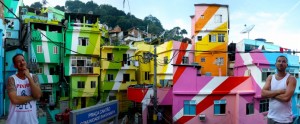 Source:http://www.customcarchronicle.com/art-design/colour-favela/
Source:http://www.customcarchronicle.com/art-design/colour-favela/
The project highlights the importance of including the communities in the process of understanding the constraints, the need to start a participatory design process and to learn new ways on how to create cheap, high-impact innovations for millions of people. Streets full of life where communities stick together during times of hardship, where over-population allowed ideas to be developed, deprivation produced productive solutions and the chances of survival have been improved.
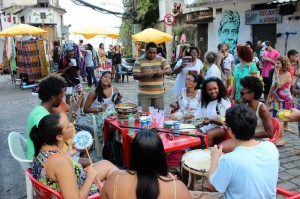 Source: http://catcomm.org/call-them-favelas/
Source: http://catcomm.org/call-them-favelas/
To conclude, the favelas of Rio are a remarkable surviving pattern of urban living. But survival is not enough. As Social inclusion is one of the most important contributions towards sustainable development, there is an enormous need for communal effort. Together with the people, cities will be able to adapt to the challenges of urbanisation.
References:
Underground Sociabilities – UNESCO
http://eprints.lse.ac.uk/53678/1/Priego-Hernandez_2013_Underground_sociabilities.pdf
The Guardian .Rise of social entrepreneurs in Barzil
http://www.theguardian.com/social-enterprise-network/2013/jul/12/opportunities-social-entrepreneurs-rise-brazil
UN News Center – UN urges widespread improvement of world`s urban slums http://www.un.org/apps/news/story.asp?NewsID=48992#.VO8atrPF_Zo
The Guardian – Vision of the future or criminal eyesore: what should Rio do with its favelas?
http://www.theguardian.com/cities/2014/apr/30/rio-favelas-world-cup-olympics-vision-future-criminal-eyesore
Citylab – Just how much neighbourhoods can you get from an art project?
http://www.citylab.com/design/2013/10/just-how-much-neighborhood-transformation-can-you-get-art-project/7237


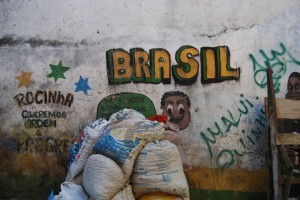
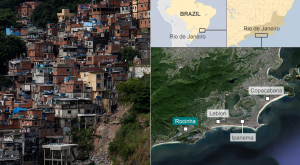

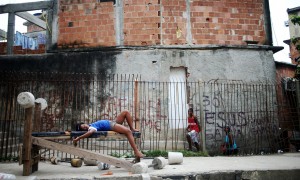
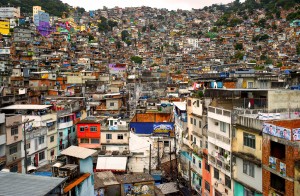
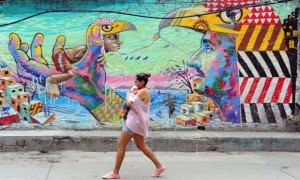


.png)
].gif)
.png)
].png)
].png)
].png)
.png)
].png)
.png)
